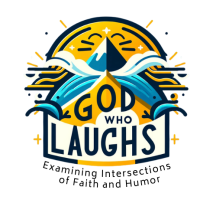
Sewanee: The University of the South
By the second half of the seventeenth century, Puritan leaders in colonial America took to bemoaning what they perceived to be the betrayal of New England’s godly “errand into the wilderness.” In election sermons and other writings they mourned the community’s sinful backsliding from its original global mission as a “city upon a hill.” Such doomsday rhetoric echoed the lamentations of decline intoned by ancient Hebrew prophets such as Jeremiah. Yet this “Jeremiad” discourse characteristically reached beyond effusions of doom and gloom toward prospects of renewal through a conversion of heart. It blended warnings of impending catastrophe with hope for recovery if the erring souls it addressed chose to repent.
This twofold identity of the Puritan Jeremiad, gradually refashioned into what warrants recognition as the American Jeremiad, has long resonated within and beyond this nation’s literary culture. Mostly embodied in creative nonfiction, jeremiad forms of fiction, poetry, and film have also appeared. And with rise of the modern environmental movement, a prophetic subspecies we might call “Green Jeremiad” has lately emerged. How does this latter-day Jeremiad dramatize the crisis of spirit and faith that undergirds challenges to earth’s geophysical health and survival? What saving graces might reside within the chilling reminders of imminent peril composed by authors such as Rachel Carson, Bill McKibben, Barbara Kingsolver, and Elizabeth Kolbert?
